Key Takeaways:
- Understanding the Four Main Types of Barbecue Sauce: Discover the unique flavors and ingredients that define each type.
- Regional Variations: Learn how different regions in the U.S. have developed their own distinctive barbecue sauces.
- Practical Applications: Get tips on how to use each type of barbecue sauce to enhance your cooking process.
Introduction
Want people to start talking? Just bring up your favorite type of barbecue sauce! Barbecue sauce is the soul of any good barbecue, adding that extra zing to your barbecued meats. But did you know that there are four main types of BBQ sauce, each with its own unique flavor profile and regional roots? In this article, we'll dive deep into the types of barbecue sauce, exploring their ingredients, origins, and best uses. Whether you're a seasoned pitmaster or a backyard griller, understanding these sauces will elevate your barbecue game.

1. Kansas City Barbecue Sauce
Kansas City barbecue sauce is perhaps the most well-known type of barbecue sauce. It's a thick, tomato-based sauce that combines the sweetness of brown sugar with the tanginess of vinegar. This sauce is versatile and can be used on a variety of meats, from pork ribs to chicken wings.
The key ingredients in Kansas City barbecue sauce include tomato paste, brown sugar, apple cider vinegar, and a blend of spices like garlic powder, onion powder, and chili powder. This sauce is perfect for those who love a sweet and tangy flavor. It's also great as a dipping sauce for French fries or as a glaze for grilled meats.
2. Carolina Style BBQ Sauces
Carolina style BBQ sauces are divided into two main types: vinegar-based and mustard-based barbecue sauce. Both types are popular in the Carolinas and offer a unique flavor profile that sets them apart from other barbecue sauces.
Vinegar-Based Sauces
Vinegar-based sauces are a staple in Eastern North Carolina. These sauces are thin and tangy, made primarily from vinegar and pepper. They are perfect for whole hog barbecue and pulled pork sandwiches. The astringent flavor helps balance the richness of the meat, making it a favorite among barbecue enthusiasts.
Mustard-Based Sauces
Mustard-based barbecue sauces are popular in South Carolina. These sauces are made with mustard, vinegar, and spices, giving them a tangy and slightly spicy flavor. They are perfect for pork ribs and chicken, adding a unique twist to traditional barbecue flavors.
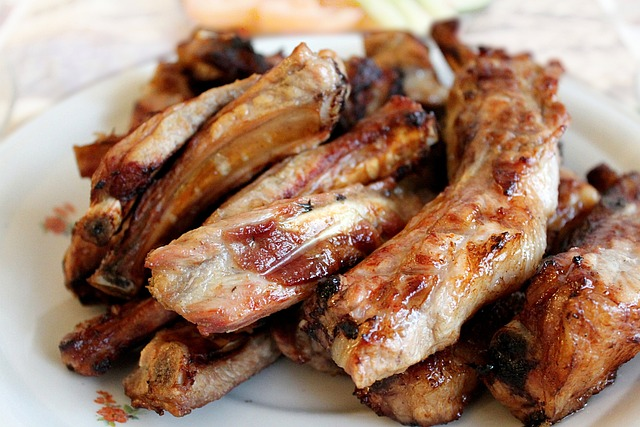
3. Texas Style BBQ Sauces
Texas style BBQ sauces are known for their bold flavors and simplicity. These sauces are typically tomato-based and have a smoky flavor that complements the rich taste of barbecued meats.
Central Texas Barbecue
Central Texas barbecue sauces are often referred to as "mop sauces" because they are used to baste the meat during the cooking process. These sauces are made with tomato sauce, vinegar, and spices like black pepper and cayenne pepper. They add a smoky flavor to the meat and help keep it moist during cooking.
East Texas Barbecue
East Texas barbecue sauces are thicker and sweeter than their Central Texas counterparts. These sauces are made with tomato paste, brown sugar, and a blend of spices. They are perfect for wet ribs and other barbecued meats that benefit from a rich, sweet glaze.
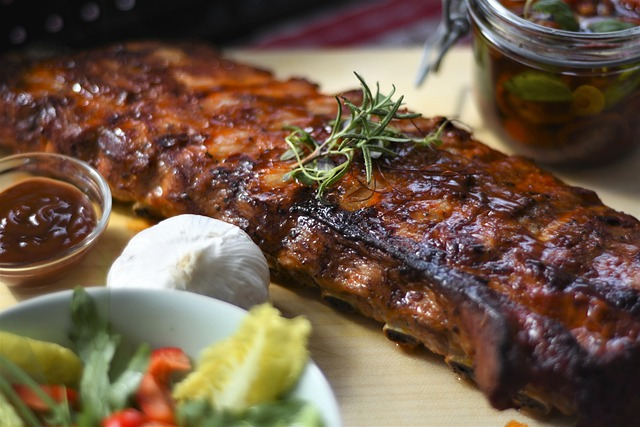
4. Alabama White Sauce
Alabama white sauce is a mayonnaise-based barbecue sauce that is unique to Northern Alabama. This creamy sauce is made with mayonnaise, apple cider vinegar, and a blend of spices like black pepper and garlic powder. It has a tangy flavor that pairs well with smoked chicken and pork.
Alabama white sauce is often used as a finishing sauce, added to the meat just before serving. It can also be used as a dipping sauce for French fries or as a dressing for coleslaw. Its creamy texture and tangy flavor make it a versatile addition to any barbecue spread.
Regional Variations
While the four main types of barbecue sauce are Kansas City, Carolina, Texas, and Alabama, there are many regional variations that add to the rich tapestry of American barbecue.
For example, Georgia BBQ sauce is known for its sweet and tangy flavor, while Memphis style BBQ sauce is a tomato-based sauce with a hint of vinegar and spices.
St. Louis consumes more barbecue sauce per capita than any other city in the United States. St. Louis-style barbecue is faster than other styles because it doesn't involve dry rubbing or long hours of wood-smoking.
These regional sauces reflect the local ingredients and culinary traditions of their respective areas. Exploring these variations can give you a deeper appreciation for the diversity of barbecue flavors across the United States.

Ingredients and Flavor Profiles
Understanding the ingredients and flavor profiles of different barbecue sauces can help you choose the right sauce for your cooking needs. Here are some common ingredients found in barbecue sauces and their flavor contributions:
- Tomato Paste: Adds a rich, savory base to the sauce.
- Brown Sugar: Provides sweetness and helps caramelize the meat.
- Apple Cider Vinegar: Adds tanginess and helps balance the flavors.
- Garlic Powder and Onion Powder: Add depth and complexity to the sauce.
- Chili Powder and Cayenne Pepper: Provide heat and spice.
- Black Pepper: Adds a subtle kick and enhances the overall flavor.
Practical Applications
Knowing how to use different types of barbecue sauce can elevate your cooking process. Here are some practical tips for using each type of sauce:
- Kansas City Barbecue Sauce: Use as a glaze for ribs or chicken, or as a dipping sauce for French fries.
- Vinegar-Based Carolina Sauce: Perfect for pulled pork sandwiches and whole hog barbecue.
- Mustard-Based Carolina Sauce: Great for pork ribs and chicken, adding a tangy twist to traditional barbecue.
- Texas Style BBQ Sauces: Use as a mop sauce during cooking or as a finishing glaze for wet ribs.
- Alabama Style BBQ: Ideal for smoked chicken and pork, or as a dipping sauce for fries.
The Influence of Ingredients on Barbecue Sauce
When diving into the world of barbecue sauces, the ingredients play a pivotal role in defining the flavor and texture. For instance, Kansas City style BBQ is renowned for its thick, sweet tomato-based sauces where ketchup meets brown sugar, creating a rich and tangy profile. On the other hand, Texas style BBQ sauce often incorporates Worcestershire sauce and red pepper flakes, giving it a bold and spicy kick that complements the smoky flavor of the cooked meat.
Vinegar-based sauces, such as those found in Carolina style BBQ, rely heavily on vinegar and pepper sauce to provide a sharp, tangy taste that cuts through the richness of pork. Mustard-based barbecue sauces, popular in South Carolina, use mustard sauce as a base, offering a unique, tangy, and slightly spicy flavor. These regional barbecue styles showcase how diverse ingredients can create a wide array of BBQ sauce styles, each with its own distinct character.
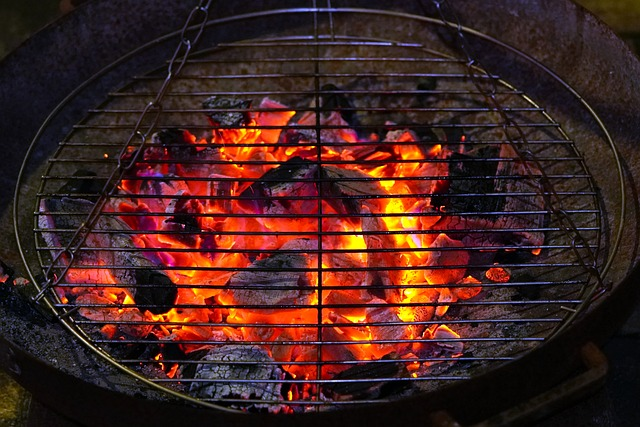
Pairing Barbecue Sauces with Different Meats
Understanding what are the types of barbecue sauce and how they pair with different meats can elevate your grilling game. For example, the sweet and tangy Kansas City style BBQ sauce pairs exceptionally well with ribs, as seen in our case study on Kansas City Style Ribs. The thick tomato-based BBQ sauce clings to the meat, providing a delightful contrast to the smoky, tender ribs.
In contrast, the vinegar and lemon juice-based Alabama white sauce, a mayonnaise-based BBQ sauce, is perfect for chicken. Its creamy texture and tangy flavor enhance the mild taste of poultry, making it a great dipping sauce for grilled or smoked chicken. Similarly, Lexington style pork shoulder benefits from a vinegar sauce, which helps to cut through the richness of the pork, providing a balanced and flavorful bite. By understanding these pairings, you can ensure that each type of BBQ sauce complements the meat perfectly, enhancing your overall barbecue experience.
Case Study: The Perfect Pulled Pork Sandwich
Let's take a closer look at how to make the perfect pulled pork sandwich using a vinegar-based Carolina sauce. Start by slow-cooking a pork shoulder until it's tender and easy to shred. Once the meat is cooked, shred it using two forks and mix it with a generous amount of vinegar-based sauce. The tangy flavor of the sauce will help cut through the richness of the pork, creating a balanced and delicious sandwich.
Serve the pulled pork on a soft bun with a side of coleslaw and extra sauce for dipping. This simple yet flavorful dish is a great example of how the right barbecue sauce can elevate your cooking.
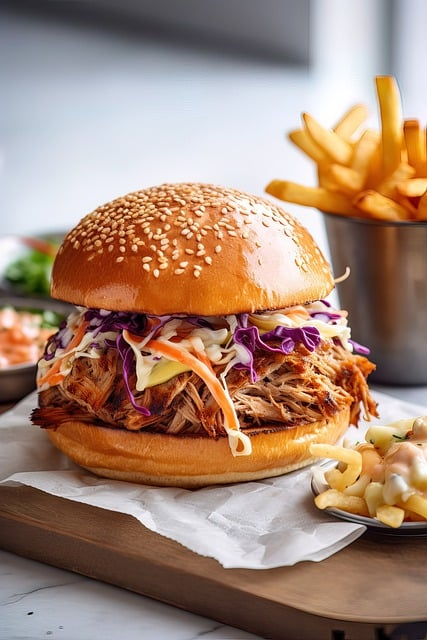
Case Study: Kansas City Style Ribs
Kansas City style ribs are a classic barbecue dish that showcases the versatility of Kansas City barbecue sauce. Start by seasoning your ribs with a dry rub made from brown sugar, chili powder, garlic powder, and black pepper. Smoke the ribs low and slow until they are tender and juicy.
During the last 30 minutes of cooking, brush the ribs with Kansas City barbecue sauce. The sauce will caramelize and create a sticky, flavorful glaze that enhances the smoky flavor of the meat. Serve the ribs with extra sauce on the side for dipping.
Case Study: Alabama White Sauce Chicken
Alabama white sauce is a unique and delicious way to enjoy smoked chicken. Start by seasoning your chicken with a blend of salt, black pepper, and garlic powder. Smoke the chicken until it reaches an internal temperature of 165°F.
Once the chicken is cooked, brush it with Alabama white sauce and let it rest for a few minutes. The tangy, creamy sauce will add a burst of flavor to the smoky chicken. Serve the chicken with extra sauce on the side for dipping.
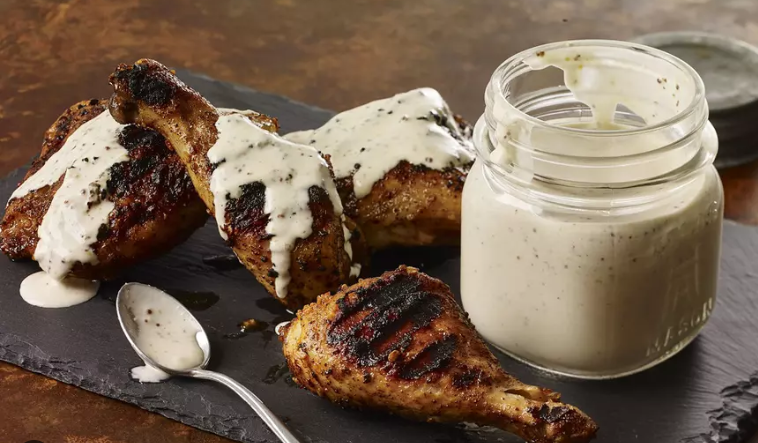
Summary
Barbecue sauce is an essential component of any good barbecue, adding flavor and depth to your meats. Understanding the four main types of barbecue sauce—Kansas City, Carolina, Texas, and Alabama—can help you choose the right sauce for your cooking needs. Each type of sauce has its own unique flavor profile and regional roots, reflecting the diverse culinary traditions of American barbecue.
By exploring these sauces and their practical applications, you can elevate your barbecue game and create delicious, flavorful dishes that will impress your friends and family. Whether you're making pulled pork sandwiches, Kansas City style ribs, or Alabama white sauce chicken, the right barbecue sauce can make all the difference.
FAQ
Q: What are the main ingredients in Kansas City barbecue sauce?
A: Kansas City barbecue sauce is a thick, tomato-based sauce that combines the sweetness of brown sugar with the tanginess of apple cider vinegar. Key ingredients include tomato paste, brown sugar, apple cider vinegar, garlic powder, onion powder, and chili powder.
Q: How is Alabama white sauce different from other barbecue sauces?
A: Alabama white sauce is a mayonnaise-based barbecue sauce that is unique to Northern Alabama. It has a creamy texture and tangy flavor, made with mayonnaise, apple cider vinegar, black pepper, and garlic powder. It is often used as a finishing sauce for smoked chicken and pork.
Q: What is the best use for vinegar-based Carolina sauce?
A: Vinegar-based Carolina sauce is perfect for whole hog barbecue and pulled pork sandwiches. Its tangy flavor helps balance the richness of the meat, making it a favorite among barbecue enthusiasts.










